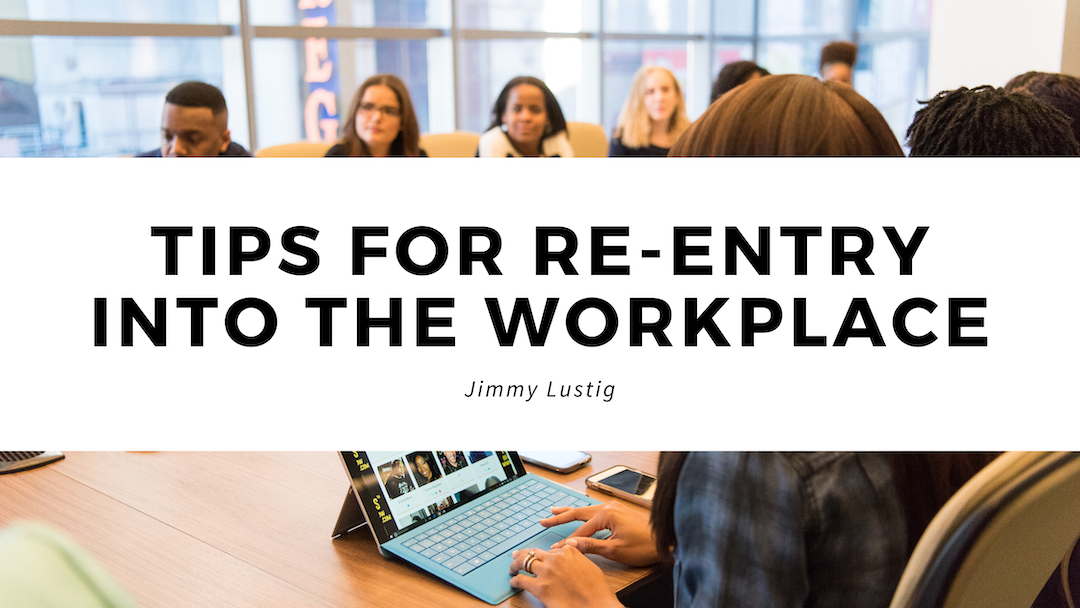Since the coronavirus’ emergence in the United States in early 2020, life for many people has drastically changed. Very few businesses have been spared from the economic ravages of the virus, and after three months of sheltering at home, some offices are looking to finally reopen. While some are eager to return to work in what’s called “the new normal,” many others are rightfully concerned about what this means for their safety in an age of a highly contagious disease. Even with taking extra precautions to limit the spread of disease, psychological safety for employees is lacking. Workers are likely to be worried about more than just their health, but also about the financial stability of their company.
To alleviate this fear, it’s a good idea to ease employees back into the workplace slowly. Employers can take a few tips from kindergarten teachers to help prepare their team for a successful transition.
Early communication
Employers should reach out in advance before sending employees back into the office to work with information that tells them how they are going to maintain a safe environment. Even though communication has always been important, it is now crucial to be even more open than before. These messages should come from the company’s leadership, including the CEO and a direct manager. You can prepare your employees with pictures and descriptions of the updated environment to let them know how the workplace will look and feel.
Re-onboarding
Use the first day back as a chance to rethink and reconnect the organization to the things that are most important. After a lengthy hiatus, it will be necessary to re-onboard and reorient everyone. We typically associate the onboarding process with new people, but remember that returning employees will be in a much different mental state now than they were three months ago. This is a great opportunity to reset expectations around the values and behavior of your company.
Housekeeping
In order to reopen safely, companies must implement new policies and protocols set forth by public health officials. It’s necessary to be conscious of these, but this needs to be integrated into the company culture. It doesn’t fall on the responsibility of just one individual to keep the whole company safe. By building a collective spirit, this holds everyone accountable.

